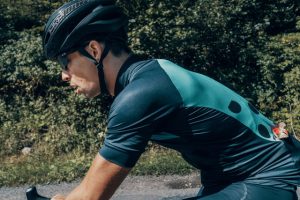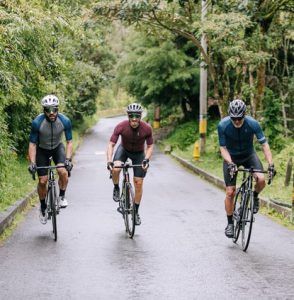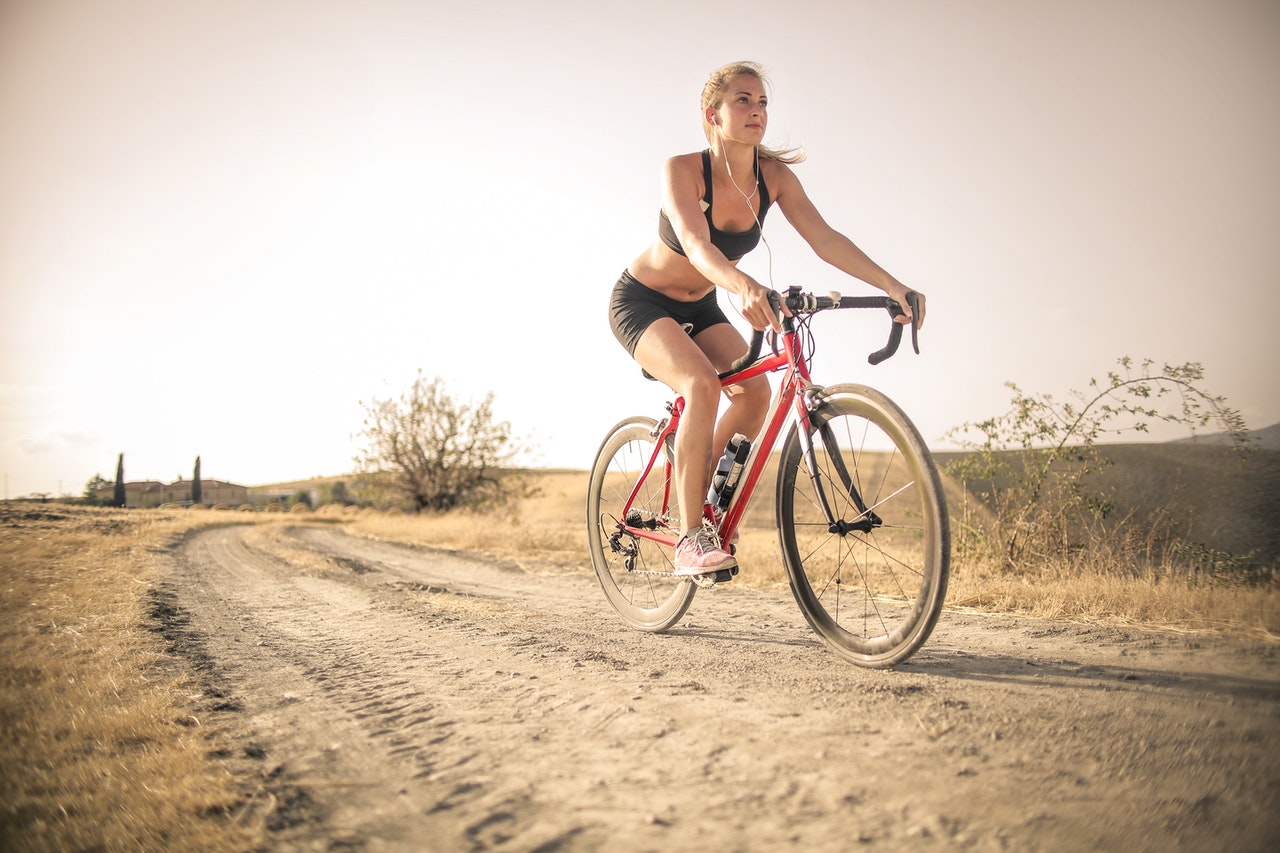Sports are said to turn the person practicing them into something else. While most people associate basketball players with being tall, the tallness is not a product of playing basketball, but rather one of genetics. Basketball, like other sports, has an impact on the development of skeletal muscles, namely the calves, quadriceps, hamstrings, and leg muscles in general, with some focus on the forearms.
Just like basketball, cycling has an effect on the body as well. Depending on the type of cycling one practices, their body will change, and here is how.
Strong, Muscular Legs
Cycling is mostly about leg work. If you are going to practice cycling, expect your legs to do most of the work. This, however, does not mean one should neglect other parts of their body. The core and back muscles are very important, especially for people who spend plenty of time in a seated position, which cycling actually does make a person do.
The legs will adapt over time, depending on the dedication and workout, not to mention rest days.
Great VO2 Max Levels

Lung capacity, often measured as VO2 Max is something many endurance athletes develop. Whether running, swimming long distances, or cycling, the lungs will adapt to the new conditions. But not only the lungs, but the red blood cells will also change, adapting to the role of continuously supplying muscles with oxygen, over a long and stressful period of time.
A great endurance cyclist will most likely also be great and long-distance running, as well as other aerobic sports which put stress on the cardiovascular and nervous system and not just intensive performance over a short period of time.
Strong Forearms if Street Cycling
Street cyclists or those riding BMX, develop very strong forearms. Gripping the wheel and literally pulling and pushing the bicycle all over, for multiple hours during a day will definitely leave its mark on the forearms. The beauty of such workouts is that it is mostly symmetrical because people tend to use both forearms when performing tricks. Muscle symmetry is a nice side product of an already interesting and dangerous sport.
Hamstring and Glutes Problems
Not every change is a good one. Excessive cycling puts stress on the quads but does not do much for the glutes and the hamstrings. These muscles are very important to the overall body balance. If a muscle on one side is too strong and another too weak, an imbalance will be created, one side pulling the other.
Stretching and regular exercise of neglected muscles will do wonders for those who end up in pain or those who want to prevent it.
Bulking or Leaning Up – Depending on the Cycling Type

Track cyclists have huge legs and they gain most of that mass in gyms, doing heavy load lifts.
Road cyclists, on the other hand, are much leaner, without much shoulder mass, striving for the best aerodynamic profile when cycling, as well as the most endurance.
Losing weight could be a side product of cycling, but only if one is in a caloric deficit. Working out can help in burning calories, but if one eats more than they spend during the day, they will not lose weight, no matter how much they cycle.
From making parts of your legs stronger to helping increase your lung capacity, cycling can do great things for your body, but also hinder you, if you already have muscular imbalances. Be mindful of that.

